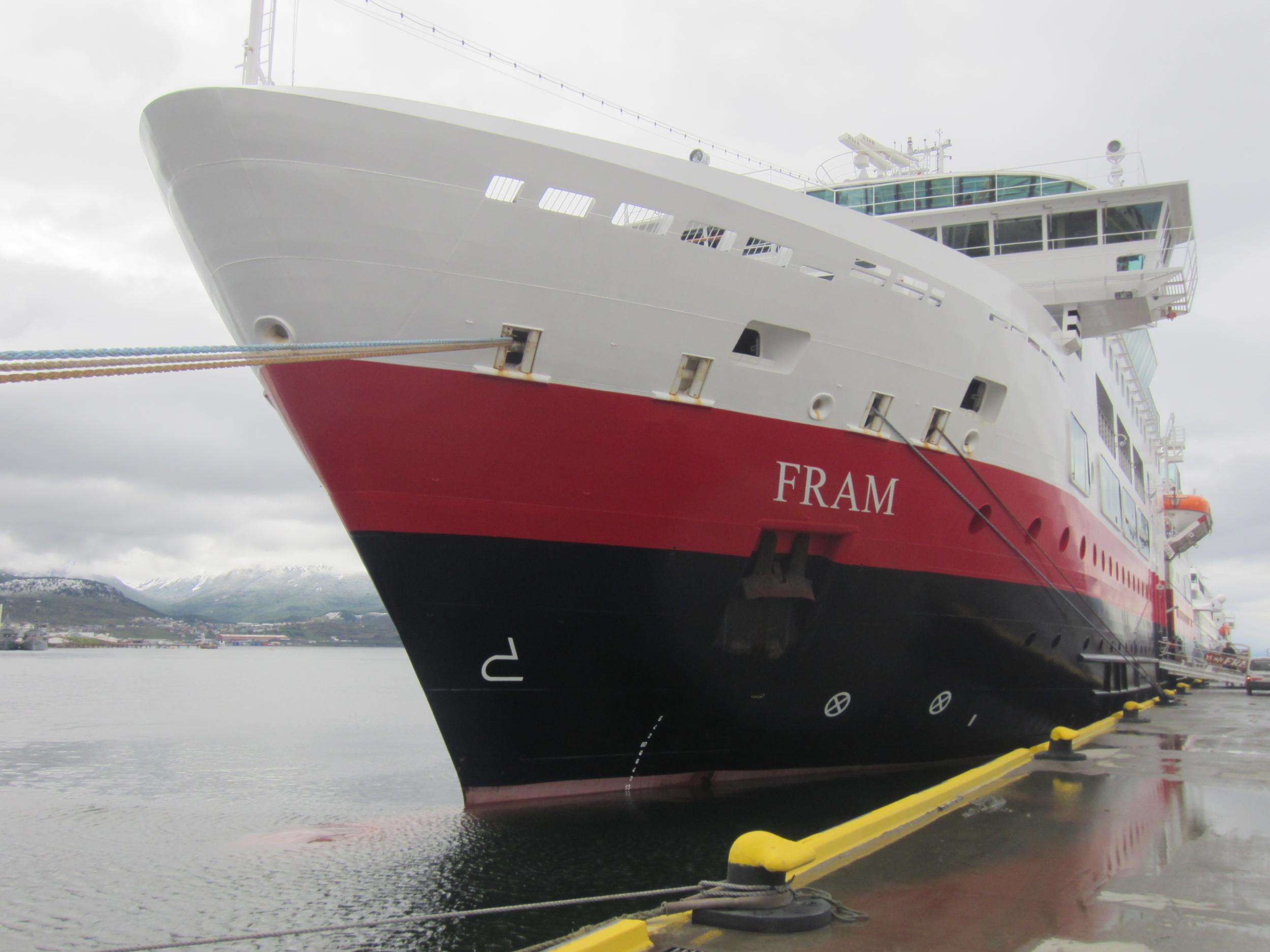$ 829 billion! The world’s newest fleet size disclosure

- Date: Nov 20, 2017
- Comments: no comments
- Categories: News

The United Nations Conference on Trade and Development (UNCTAD) released “Review of International Shipping in 2017”, the data show that by the beginning of 2017, the global value of the merchant fleet of 8290 billion US dollars. From the shipbuilding, operation, flag state, ship recycling and fleet value, type, age and other aspects of shipments, different countries and regions have seen more obvious changes.
In a five-year period, the growth of the global fleet has seen a decline. In 2016, the size of the commercial fleet increased by only 3.15%, lower than the growth rate of 3.5% in 2015.
In the area of shipbuilding, in 2016, three countries, South Korea, China and Japan, built 91.8% of the world’s fleet’s total tonnage, with the largest share in Korea, accounting for 38.1%.
In the area of ship recycling, ship recycling accounted for 94.9% of global shipments in 2016 in India, Bangladesh, Pakistan and China.

According to the carrying capacity of cargo DWT, the top five shipowners in the world are Greece (309 million DWT), Japan, China, Germany and Singapore in sequence, accounting for 49.5% of the DWT share of the global shipping market. There is only one country in Latin America – Brazil is among the top 35 shipowner countries in the world, and none in Africa is on the list.

The five flag-flagging countries and regions are Panama, Liberia, Marshall Islands, Hong Kong, China and Singapore with a total market share of 57.8%.
In terms of number of ships, China is the largest shipowner country, with 5,206 ships of gross tonnage of 1000 and above, and a large number of small vessels operating offshore. Greece 4199, second only to China, ranking second in the world.
The share of traditional maritime powers in Europe and North America in the global fleet continued to decline, while the share of developing countries in middle-income, and in particular in Asia, increased.
UNCTAD explained that the shipowner industry is not a high-tech industry and does not require the latest and most sophisticated technologies, so opportunities are often given to emerging economies. At the same time, the owner is not a people-intensive industry, so low-wage countries often show no cost advantage, unlike the ship recycling industry. Therefore, the market share of middle-income countries has increased over the past decade, while the least developed countries are not the major ship-owner countries in the world.
As can be seen from the data, according to the value of merchant shipping, the United States fleet ranked first with a fleet worth 96 billion U.S. dollars. Then came Japan, Greece, China and Norway. Owing to a large number of expensive LNG tankers and other special tankers, Qatar ship owners have an average value of up to 75 million U.S. dollars. The fleets in Indonesia, Thailand and Vietnam have lower average single-ship value. Among them, the Indonesian fleet because of its large number of small and old cargo ships, ferries, the average value of its single boat is only 3.6 million US dollars, the main inter-island transport.
In addition, from the global perspective, China has the highest maritime connectivity index, ranking first. Second in Korea, third in Malaysia and fourth in the United States.

The figure shows the composition of the fleet in the world’s top ten shipowner countries (by DWT). The largest proportion of the Greek tanker, the largest proportion of China’s general cargo ship, the largest proportion of container ships in Germany.

In terms of ship types, the LNG carriers continued their rapid growth with a growth rate of more than 9.7%. The growth rate of oil tankers also reached 5.8%, while that of chemical tankers was 4.7%. The long-term decline is that of ordinary cargo ships, with a growth rate of -0.2%. At present, the share of ordinary cargo ships in tonnage of global fleets is only 4%, much lower than the proportion of 17% in 1980.

As of the beginning of 2017, the average age of merchant ships in the world was 20.6 years, a slight increase from the previous years, indicating a decrease in both the number of newbuildings and the number of shipbreaking vessels, resulting in an increase in the average age of vessels. However, compared with the historical average, the current global fleet is still relatively young, especially for bulk carriers and container ships.
The average age of vessels flying the flag of developing economies is 10 years longer than that of the flag of the advanced economies. In terms of ship types, the average age of the general cargo ships is over 25 years; that of dry bulk carriers is the youngest, less than 9 years old.







No Comments Yet.